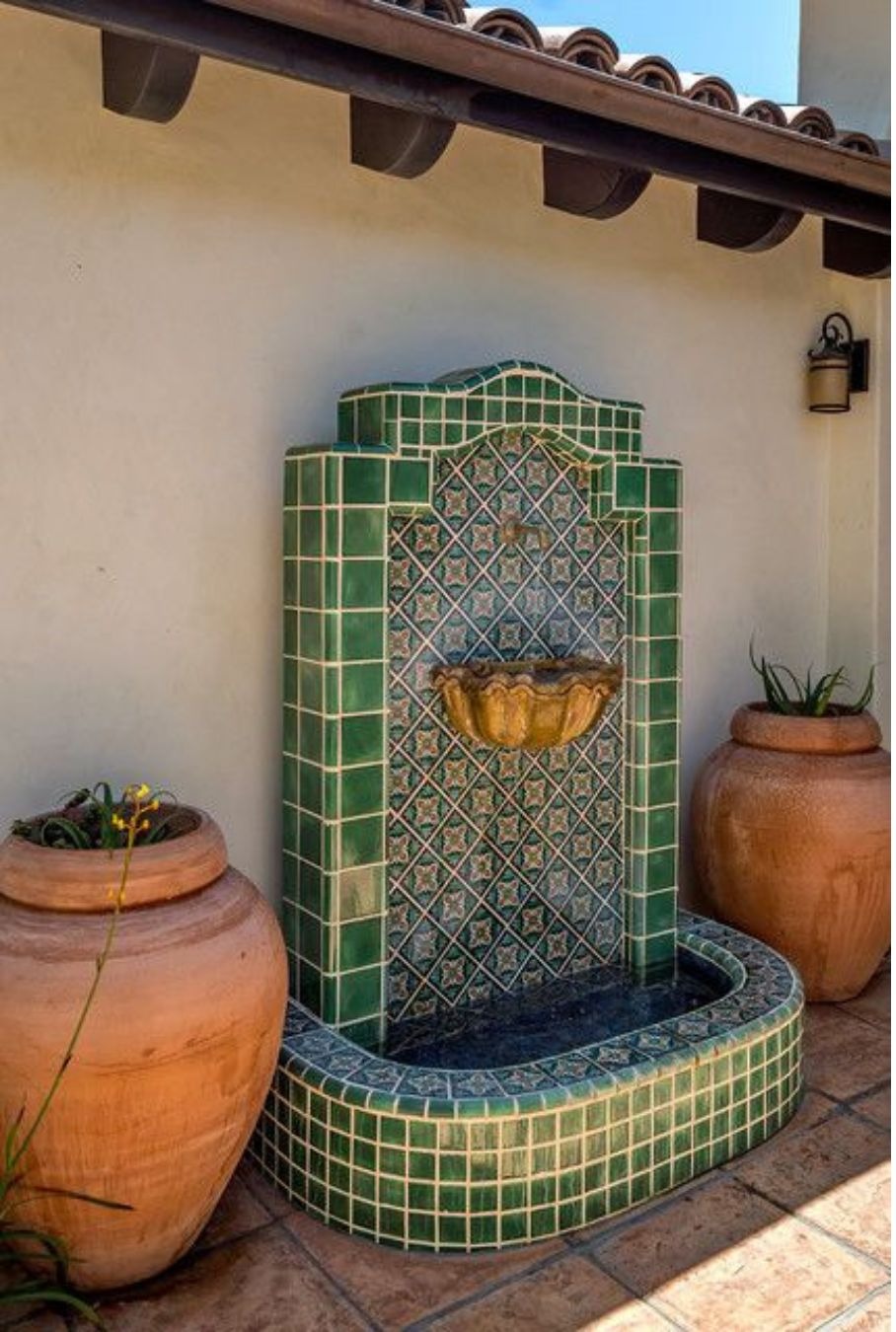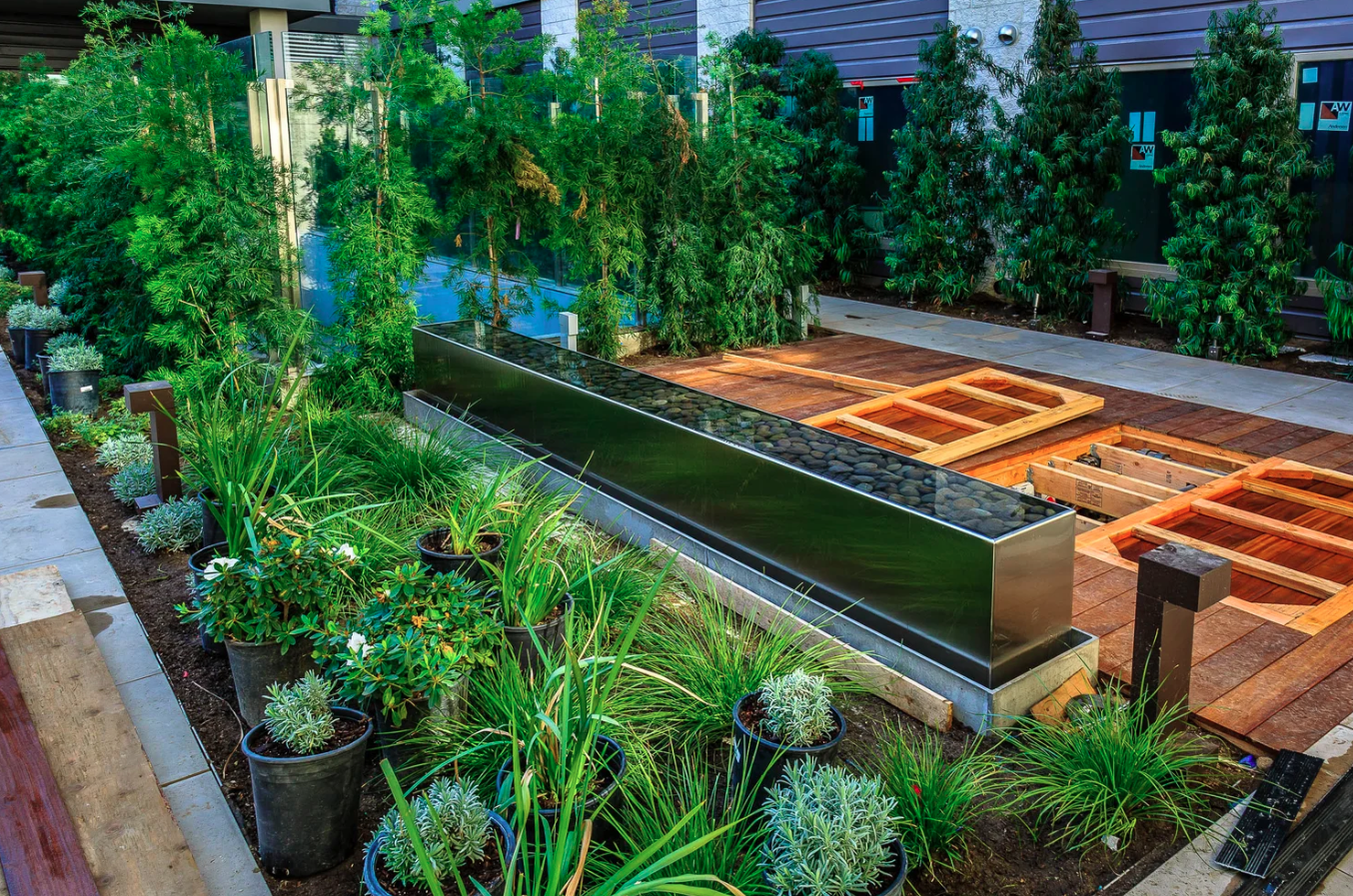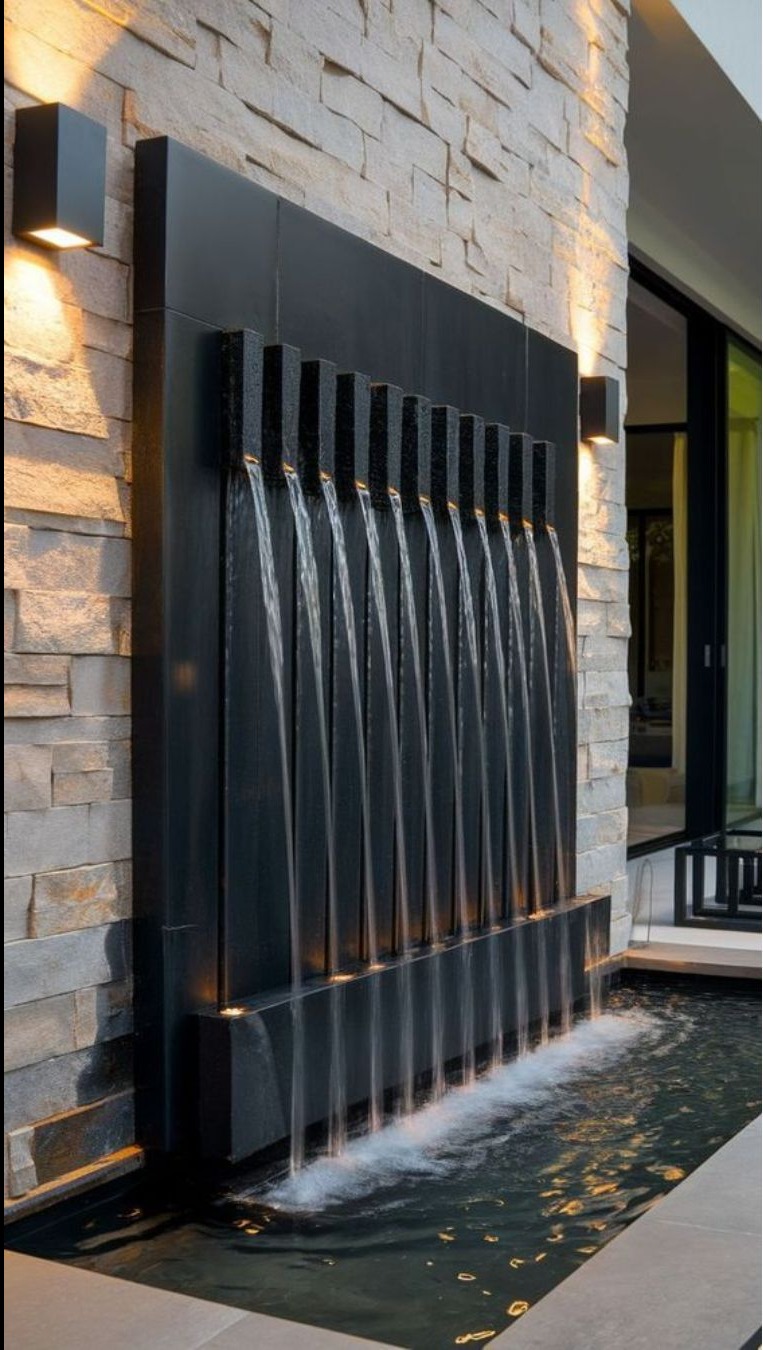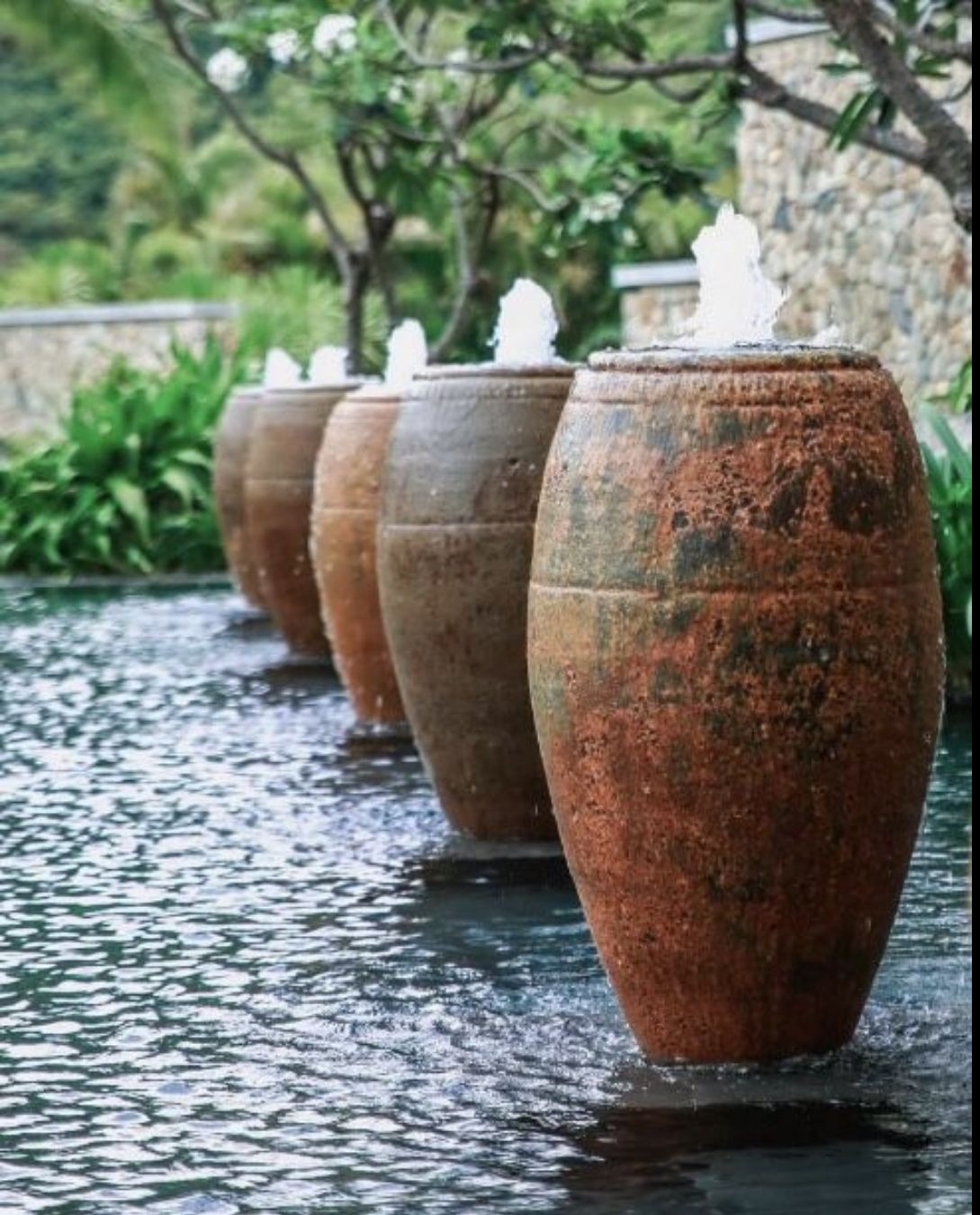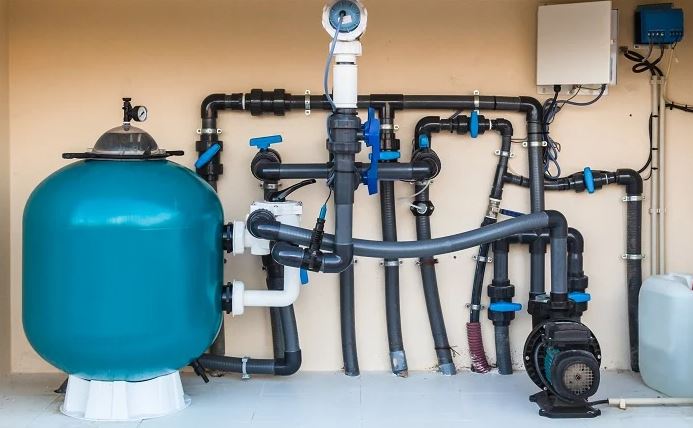
Pressure sand filters are sealed vessels, usually about 1/2 to 2/3 full of [what should be] NSF/ANSI-Certified filter sand and, at the bottom of the filter, gravel. Recently, a new type of filter media, crushed glass, has become popular to take the place of sand. Most sand filters are what we call pressure sand, where water is pumped into the top of the sealed filter, and the water pressure pushes water down through the depths of sand and gravel (or glass), and eventually out through the bottom, through openings called laterals.
Pressure sand is probably the most common filter in the commercial swimming pool industry.
Pros and Cons for Sand Filters
These are usually the most affordable type of filter to purchase and and maintain. They are also easy to clean out particulates to waste, such as the sediment after removing phosphates from water. The cleaning cycle is called backwashing, which is when the operator reverses the direction of waterflow. Water pumps up from the bottom of the sand bed, and out the top to a waste line. Because of the ease of backwashing, maintaining sand filters is pretty straight forward and easy.
Pros: Affordable, easy to clean (backwashing), simple to use, and they last a very long time.
Cons: Sand filters capture particles as small as 20-30 microns (µ), which means their filter screening ability is the weakest of all types of pool filters.
Keywords
commercial swimming pool industry
ANSI-Certified filter sand
affordable type of filter
filter screening ability
new type of filter media
direction of waterflow
Pressure sand filters
types of pool filters
ease of backwashing
depths of sand
cleaning cycle
water pressure
sealed vessels
place of sand
sealed filter
common filter
crushed glass
particulates
Filter sand
phosphates
particles
long time
laterals
operator
sediment
sand bed
openings
weakest
Swimming pool filtration system
Pool filtration
Swimming Pool Sand Filter
Sand Filter

